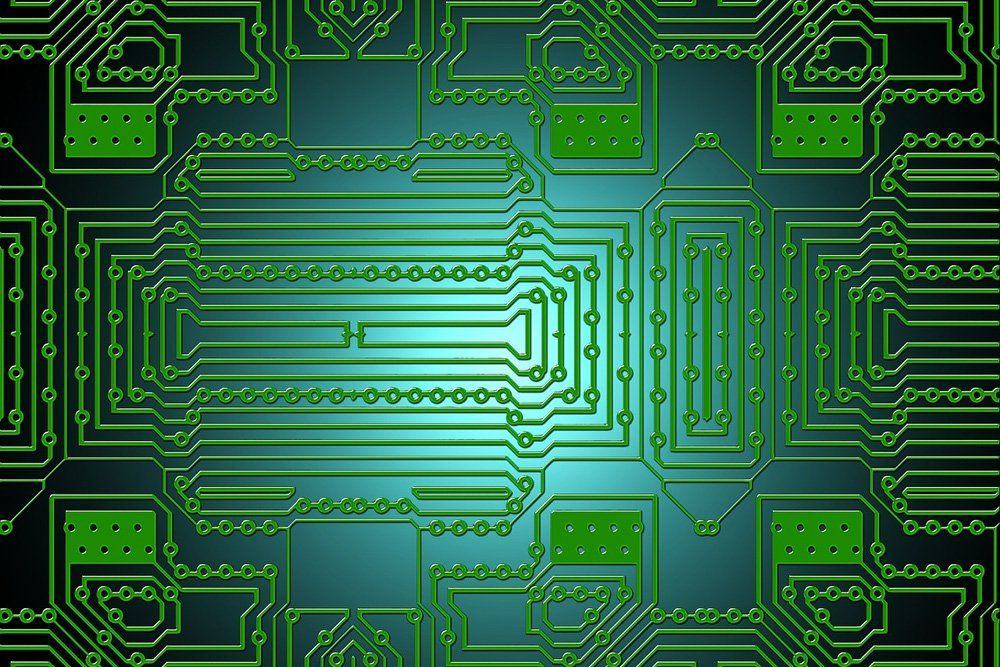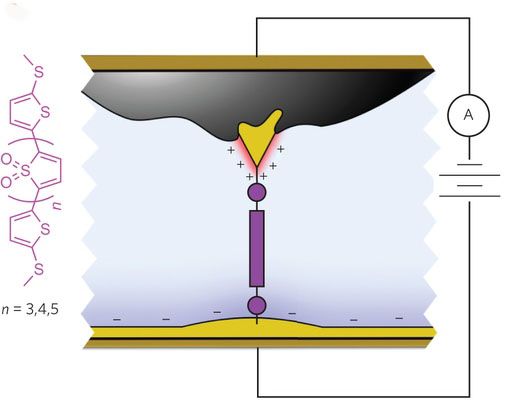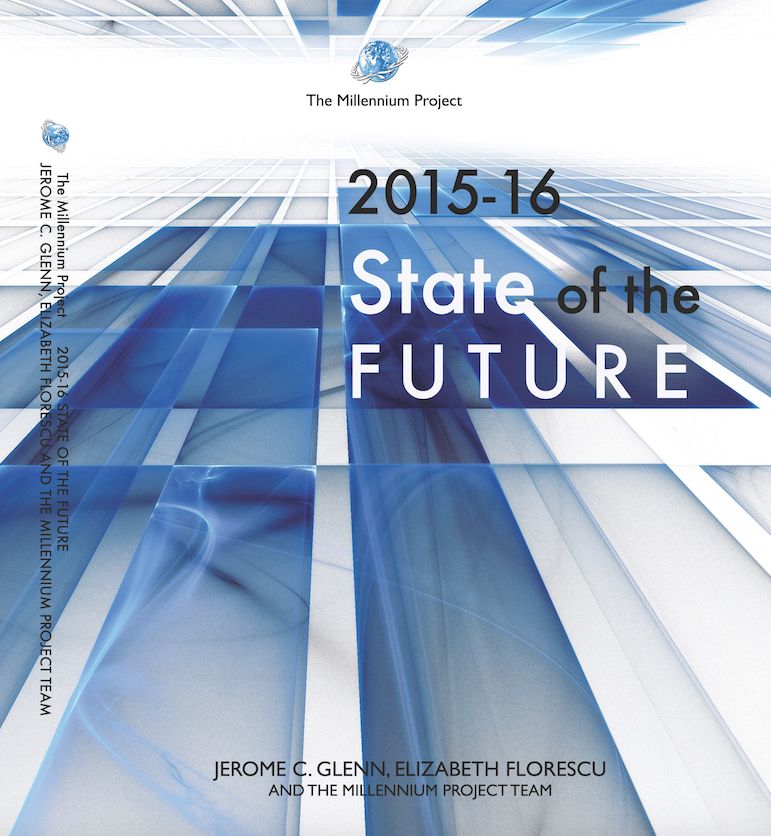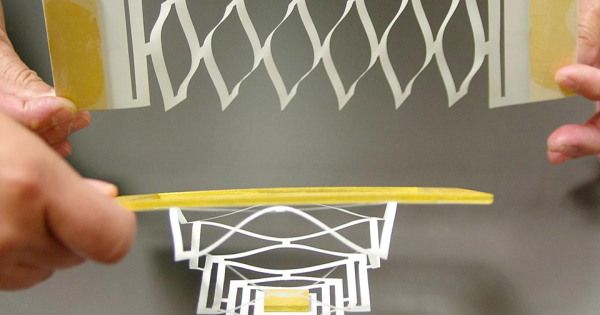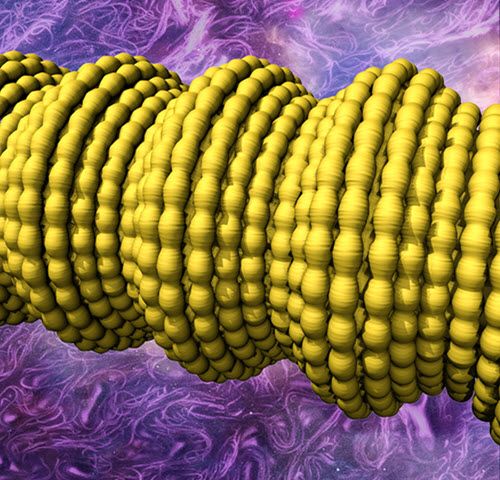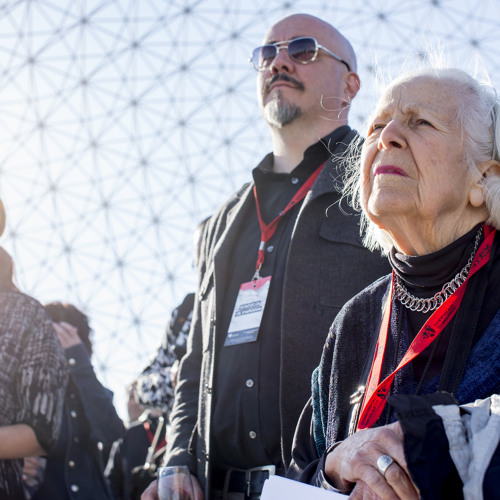Sep 8, 2015
Nanotubes open new path toward quantum information technologies
Posted by Shailesh Prasad in categories: computing, materials, nanotechnology, quantum physics, security
“Beyond implementation of quantum communication technologies, nanotube-based single photon sources could enable transformative quantum technologies including ultra-sensitive absorption measurements, sub-diffraction imaging, and linear quantum computing. The material has potential for photonic, plasmonic, optoelectronic, and quantum information science applications…”
In optical communication, critical information ranging from a credit card number to national security data is transmitted in streams of laser pulses. However, the information transmitted in this manner can be stolen by splitting out a few photons (the quantum of light) of the laser pulse. This type of eavesdropping could be prevented by encoding bits of information on quantum mechanical states (e.g. polarization state) of single photons. The ability to generate single photons on demand holds the key to realization of such a communication scheme.
By demonstrating that incorporation of pristine single-walled carbon nanotubes into a silicon dioxide (SiO2) matrix could lead to creation of solitary oxygen dopant state capable of fluctuation-free, room-temperature single photon emission, Los Alamos researchers revealed a new path toward on-demand single photon generation. Nature Nanotechnology published their findings.


